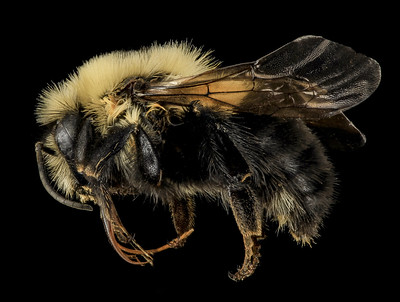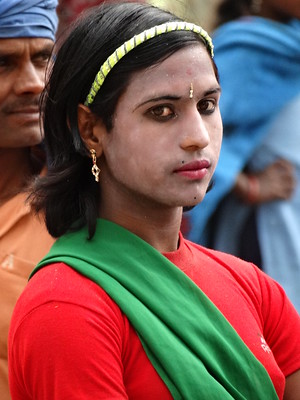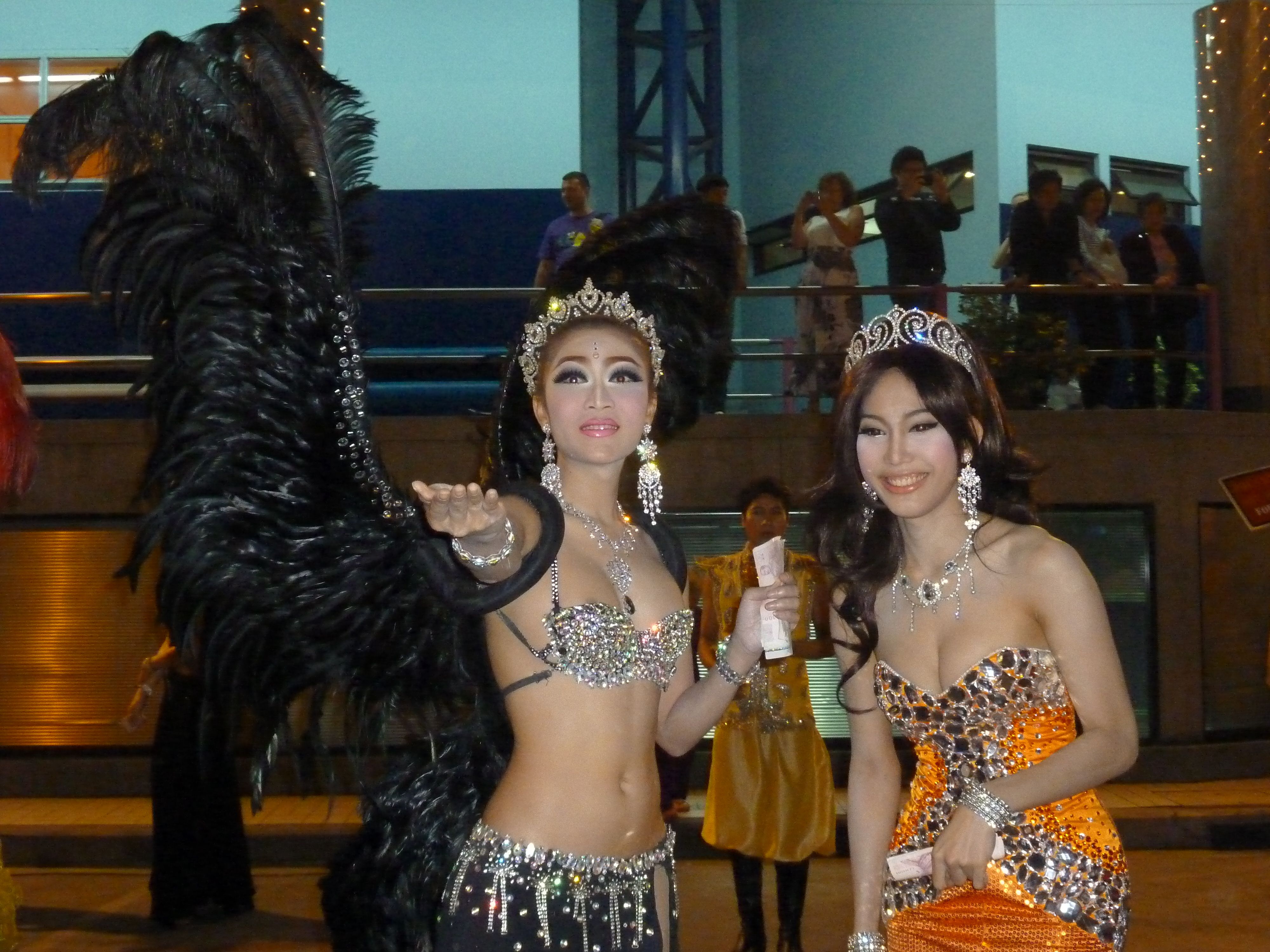13.4: Gender
- Page ID
- 136062
This page is a draft and under active development. Please forward any questions, comments, and/or feedback to the ASCCC OERI (oeri@asccc.org).
- Distinguish between sex, gender, and sexual orientation
- Describe gender variations recognized in some cultures
Overview
This section begins by explaining the difference between sex, gender, and sexual orientation. The terms cisgender and transgender are introduced, and gender variations across cultures are explored. Finally, the role of hormones in transgender treatment and the scientific and societal understanding of gender variations is addressed.
Sex, Gender, and Sexual Orientation: Three Different Aspects of You
Applying for a credit card or filling out a job application requires your name, address, and often birth-date. Additionally, applications usually ask for your sex or gender. The terms “sex” and “gender” are commonly used interchangeably. However, these terms are distinct from one another. Sex describes means of biological reproduction. Sex includes sexual organs, such as ovaries- defining biological reproduction as a female- or testes- defining biological reproduction as a male. As detailed in the section on differences of sexual development, biological sex is not as easily defined or determined as you might expect.
By contrast, the term gender describes psychological (gender identity) and sociological (gender role) representations of biological sex. Sex and gender are important aspects of a person’s identity. However, they do not inform us about a person’s sexual orientation (Rule & Ambady, 2008). Sexual orientation refers to a person’s sexual attraction (or lack thereof) to others. Within the context of sexual orientation, sexual attraction refers to a person’s capacity to arouse the sexual interest of another, or, conversely, the sexual interest one person feels toward another.
We live in an era when sex, gender, and sexual orientation are controversial religious and political issues. Some nations have laws against homosexuality, while others have laws protecting same-sex marriages. At a time when there seems to be little agreement among religious and political groups, it makes sense to wonder, “What is normal?” and, “Who decides?”
The international scientific and medical communities (e.g., World Health Organization, World Medical Association, World Psychiatric Association, Association for Psychological Science) view variations of sex, gender, and sexual orientation as normal. Furthermore, variations of sex and the orientation of sexual behavior occur naturally throughout the animal kingdom. More than 65,000 animal species have intersex individuals (Figure \(\PageIndex{1}\)), born with either an absence or some combination of male and female reproductive organs, sex hormones, or sex chromosomes (Jarne & Auld, 2006). More than 500 animal species engage in homosexual or bisexual behaviors (Lehrer, 2006), such as the Mallard ducks shown in Figure \(\PageIndex{2}\).


Gender
At an early age, we begin learning cultural norms for what is considered masculine and feminine. For example, American children may associate long hair or dresses with femininity. Later in life, as adults, we often conform to these norms by behaving in gender-specific ways: as men, we build houses; as women, we bake cookies (Marshall, 1989; Money et al., 1955; Weinraub et al., 1984).
Because cultures change over time, so too do ideas about gender. For example, European and American cultures today associate pink with femininity and blue with masculinity. However, less than a century ago, these same cultures were swaddling baby boys in pink, because of its masculine associations with “blood and war,” and dressing little girls in blue, because of its feminine associations with the Virgin Mary (Kimmel, 1996).
Variations in Gender
Just as biological sex varies more widely than is commonly thought, so too does gender. Cisgender individuals’ gender identities correspond with their birth (biological) sexes- biological males with masculine gender identities and biological females with feminine gender identities. In contrast, transgender individuals’ gender identities do not correspond with their birth (biological) sexes. The Latin prefix "cis" means "on the same side"; the prefix "trans" means "across". Many cisgender people do not self-identify as such. As with transgender people, the term or usage of cisgender does not indicate a person's sexual orientation or gender role expression (TSER, 2022). As mentioned in the section on intersex conditions (people whose sex characteristics or anatomy differ from typical development), intersex and transgender are not interchangeable terms; many transgender people have no intersex traits, and many intersex people do not consider themselves transgender. Because gender is so deeply ingrained culturally, rates of transgender individuals vary widely around the world (Table \(\PageIndex{1}\)).
Cultural Recognition of Gender Variations
Some cultures formally recognize the presence of people who do not conform to an expectation of biological sex matching gender identity. For example, "[some Native American tribes] believed that in addition to the prevailing variants of man within man and woman within woman, nature sometimes created a man's mind within the body of a woman and a woman's mind within the body of a man" (Panksepp, 2004, page 232). Transgender women are referred to as fa'afafine in the Samoan population (prevalence of five percent, Tan, 2016); muxes in Oaxaca, Mexico (as many as six percent of biological males, Stephen, 2002); kathoey (Figure \(\PageIndex{3}\)) in Thailand; and hijras (Figure \(\PageIndex{3}\)) in Pakistan, India, Nepal, and Bangladesh. Hijiras are recognized by their governments as a third gender (Pasquesoone, 2014).


Although incidence rates of transgender individuals differ significantly between cultures, transgender women (TGW)- whose birth sex was male- are by far the most frequent type of transgender individuals worldwide. Of the 18 countries studied by Meier and Labuski (2013), 16 of them had higher rates of TGW than transgender men (TGM)- whose birth sex was female- and the 18 country TGW to TGM ratio was 3 to 1.
However, the ratio of TGW to TGM individuals may be changing. A 2015 meta-analysis found that the overall incidence of transgender was 4.6 per 100,000 individuals, comprised of 6.8 TGW and 2.6 TGM, numbers that corroborate earlier reports of significantly higher rates of TGW than TGM individuals. A time analysis of the studies included revealed that the overall prevalence of transgender individuals had increased over the past 50 years (Arcelus et al., 2015). Echoing this trend, Leinung and Joseph (2020) reported an increase in individuals seeking hormone therapy in the past 25 years, and also indicated that the number of people requesting hormone therapy specifically for TGM transitions had increased steadily since 1990, resulting in equivalent numbers of TGW and TGM individuals being treated by 2017. It is unclear whether or how much this change reflects greater acceptance, destigmatization, and decreasing barriers to care specifically for TGM individuals (as the authors suggest), or if it may also represent a true increase in the number of TGM individuals in contemporary populations.
Role of Sex Hormones in Transgender Treatment
Feminizing or masculinizing hormone therapy is the administration of exogenous endocrine agents to induce changes in physical appearance. Hormone therapy is inexpensive relative to surgery, and highly effective in the development of some secondary sex characteristics, such as facial and body hair in transgender men (TGM, sometimes called female-to-male [FTM] individuals) or breast development in transgender women (TGW, sometimes called male-to-female [MTF] individuals). Thus, hormone therapy is often the first (and sometimes only) medical gender affirmation intervention accessed by transgender individuals looking to develop masculine or feminine characteristics consistent with their gender identity. In some cases, hormone therapy may be required before surgical interventions can be conducted. Transgender women are prescribed estrogen and anti-testosterone medication (such as cyproterone acetate and spironolactone). Transgender men are prescribed testosterone.
Scientific and Societal Understanding of Gender Variations
Hormones that masculinize the brain in chromosomally male (XY) individuals are distinct from those that lead to the development of a typically male body form. "Due to this branching of control factors for brain and body organization, it is quite possible for a male-type body to contain a female-type brain, and for a female-type body to contain a male-type brain" (Panksepp, 2004, page 225). These developmental deviations could influence an individual's ultimate sexual orientation and/or gender identity. An example of conflicting brain and body organization comes from a study which found that the bed nucleus of the stria terminalis (BNST, an area located near the hypothalamus that is known to be important for sexual behavior) was "female-like" in size (smaller than cisgender males and similar to cisgender females) in the brains of six male-to-female transsexuals. This difference was not correlated with either adult hormone levels or sexual orientation (Zhou et al., 1995). Given that studies requiring post-mortem brain tissue to examine tiny brain areas are very difficult to conduct, this type of information is scarce.
Summary
Although often used interchangeably, the terms sex and gender refer to distinct concepts, and sexual orientation is a third aspect of an individual's characteristics. Sex refers to the structures relevant for biological reproduction (such as ovaries in females and testes in males), whereas gender refers to an individual's sense of being masculine, feminine, neither or both. Gender identity is the psychological representation of biological sex, and gender role is the sociological representation. Sexual orientation describes a person's sexual attraction (or lack thereof) to others. Variations in each of these (sex, gender, and sexual orientation) is considered normal by international scientific and medical communities.
Children begin to learn cultural norms for masculine and feminine behaviors very early, but cultures vary widely and even the same culture changes over time- thus, ideas about gender also change. Cisgender individuals’ gender identities correspond with their birth (biological) sexes, while transgender individuals’ gender identities do not correspond with their birth (biological) sexes. Intersex (people whose sex characteristics or anatomy differ from typical development) and transgender are not interchangeable terms; many transgender people have no intersex traits, and many intersex people do not consider themselves transgender. Rates of transgender individuals vary widely around the world. Some cultures formally recognize the presence of people who do not conform to an expectation of biological sex matching gender identity, such as some Native American tribes. Transgender women specifically are referred to as fa'afafine in Samoa; muxes in Oaxaca, Mexico; kathoey in Thailand; and hijras in Pakistan, India, Nepal, and Bangladesh.
Worldwide, transgender women (whose birth sex was male) have been by far the most frequent type of transgender individuals, with a ratio of about three transgender women to one transgender man. However, recent trends (at least in people requesting hormone therapy) have progressively changed since the 1990s, such that by 2017, an equivalent number of transgender women and transgender men were being treated. Hormone therapy is used to induce changes in physical appearance. It is inexpensive relative to surgery, and highly effective in the development of some secondary sex characteristics, such as facial and body hair in transgender men, and breast development in transgender women. Hormone therapy is often the first (and sometimes only) medical gender affirmation intervention accessed by transgender individuals.
During prenatal development, hormones that masculinize the brain are distinct from those that lead to the development of a typically male body form. Developmental deviations can occur (such that the body is masculinized but the brain is not, for example), and could in turn influence an individual's ultimate sexual orientation and/or gender identity. Our scientific knowledge and general understanding of gender identity continue to evolve. Recent studies indicate that a majority of Millennials (birth years 1981-1996) regard gender as a spectrum instead of a strict male/female binary, and that 12% identify as transgender or gender non-conforming. Nonetheless, individuals who exist outside of traditional gender norms face difficult challenges, and may be the target of discrimination and even violence.
References
Note: These references are specifically those added to the content of this page by Naomi Bahm and do not include citations from the outside sources used. Refer to the text attributions to locate citations for articles from other sources.
Arcelus, J., Bouman, W.P., Van Den Noortgate, W., Claes, L., Witcomb, G., & Fernández Aranda, F. (2015) Systematic review and meta-analysis of prevalence studies in transsexualism. European Psychiatry, 30, 807–815.
Dimock, M. (2019). Defining generations: Where Millennials end and Generation Z begins. Pew Research Center (January 17), https://pewrsr.ch/2szqtJz
Leinung, M.C. & Joseph, J. (2020) Changing demographics in transgender individuals seeking hormonal therapy: Are trans women more common than trans men? Transgender Health, 5(4): 241-245. doi: 10.1089/trgh.2019.0070
Panksepp, J. (2004). Affective neuroscience: The foundations of human and animal emotions; Chapter 12: The varieties of love and lust: Neural control of sexuality. Oxford University Press.
TSER- Trans Student Educational Resources (2022). Definitions. https://transstudent.org/about/definitions/ (accessed 5/12/2022)
Zhou, J.-N., Hofman, M., Gooren, L.J.G., & Swaab, D.F. (1995). A sex difference in the human brain and its relation to transsexuality. Nature, 378, 68-70.
Additional Resources
Trans Student Educational Resources: https://transstudent.org/
Guide to non-binary birth certificates and US State IDs: https://www.usbirthcertificates.com/articles/gender-neutral-birth-certificates-states
APA's non-binary (gender identity) fact sheet: https://www.apadivisions.org/divisio...fact-sheet.pdf
Educational graphics for understanding sex, gender, sexual orientation, and more: https://www.itspronouncedmetrosexual.com/2018/10/the-genderbread-person-v4/
Free e-book "A Guide to Gender: The Social Justice Advocate's Handbook" by Sam Killermann: https://impetus.gumroad.com/l/g2g2
People's sense of gender identity does not always match their anatomy. Some people do not identify as either male or female, and instead, they identify as non-binary, or genderqueer. Others may identify as a gender that is the opposite of what is typically associated with their chromosomes or reproductive organs. These people are called transgender, and they may choose to transition to the opposite gender, a process that may or may not involve physical modifications. Watch the video below to learn about the use of hormones in gender transitioning.
Muxes, a documentary about Mexican children identified as male at birth, but who choose at a young age to be raised as female.
Attributions
- Figures:
- Intersex Bombus bimaculatus (two-spotted bumble bee) by USGS Bee Inventory and Monitoring Lab, public domain
- Couple of male Mallard ducks by Norbert Nagel, licensed CC BY-SA 3.0 via Wikimedia Commons
- Table 1 by Lucas & Fox, licensed CC BY-NC-SA 4.0 via NOBA module The Psychology of Human Sexuality
- Left image: Hjira dancer in Nepal by Adam Jones, licensed CC BY 2.0; Right image: Pattaya transwomen 2 by Ohconfucius, public domain via Wikimedia Commons
- Text adapted from:
- The Psychology of Human Sexuality by Don Lucas and Jennifer Fox, licensed CC BY-NC-SA 4.0 via Noba Project.
- " Development of Sexual Identity" by Paris, Ricardo, Raymond, & Johnson, LibreTexts is licensed under CC BY.
- Role of Sex Hormones in Transgender Treatment section: "Introduction to the Reproductive System" by Suzanne Wakim & Mandeep Grewal, LibreTexts is licensed under CK-12.
- Part of Variations in Gender section: 10.3 Sexual Behavior (Psychology 2e) by Rose M. Spielman, William J. Jenkins, and Marilyn D. Lovett, licensed CC BY 4.0 via OpenStax.
- Changes:
- Text (and images) from above four sources pieced together with some modifications, transitions and additional content (particularly in the sections Cultural Recognition of Gender Variations, and Scientific and Societal Understanding of Gender Variations) added by Naomi I. Gribneau Bahm, PhD., Psychology Professor at Cosumnes River College, Sacramento, CA.
- Birth year ranges for Millennials and Generation Z from: https://www.pewresearch.org/fact-tan...tion-z-begins/ (accessed 5/12/22; see Dimock, 2019 in references)


